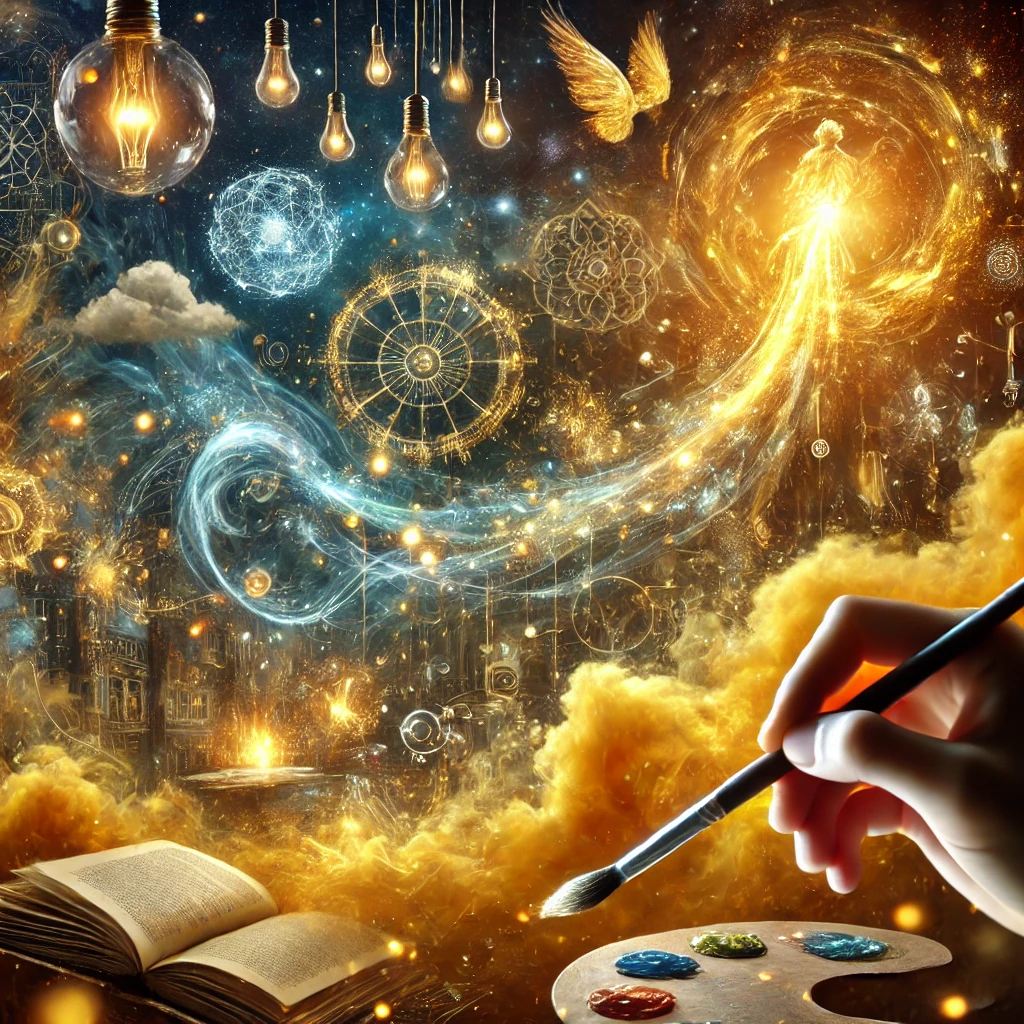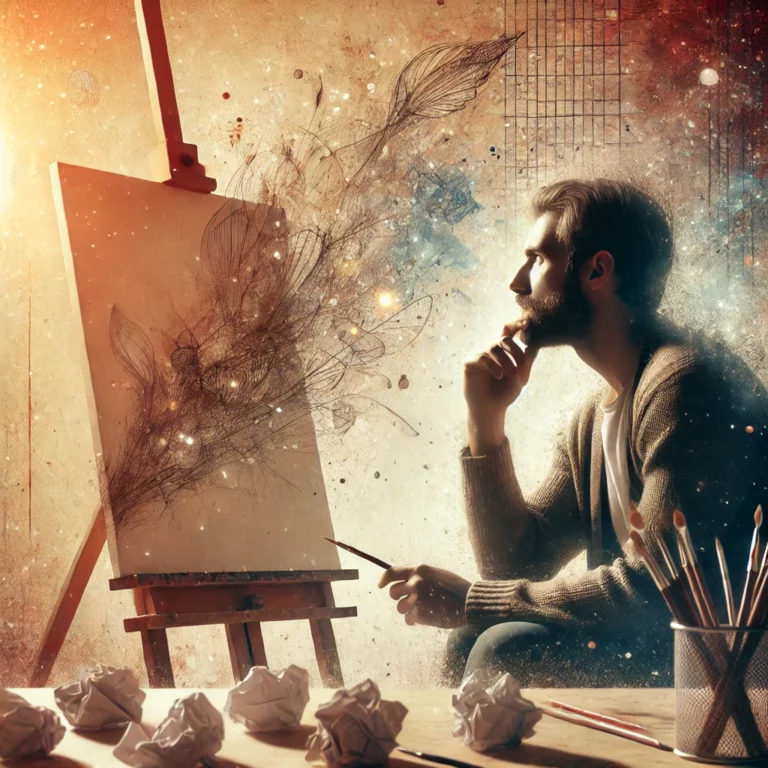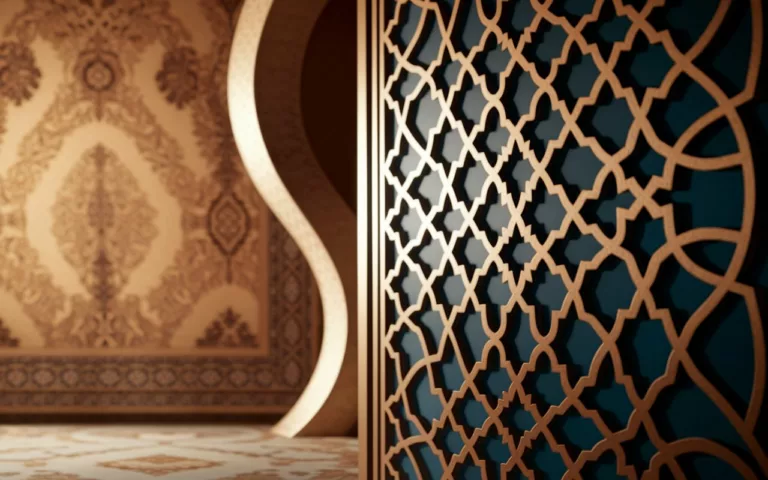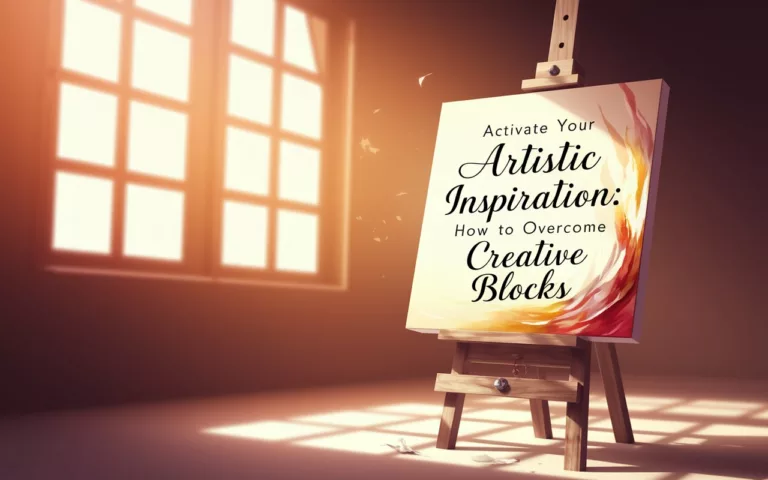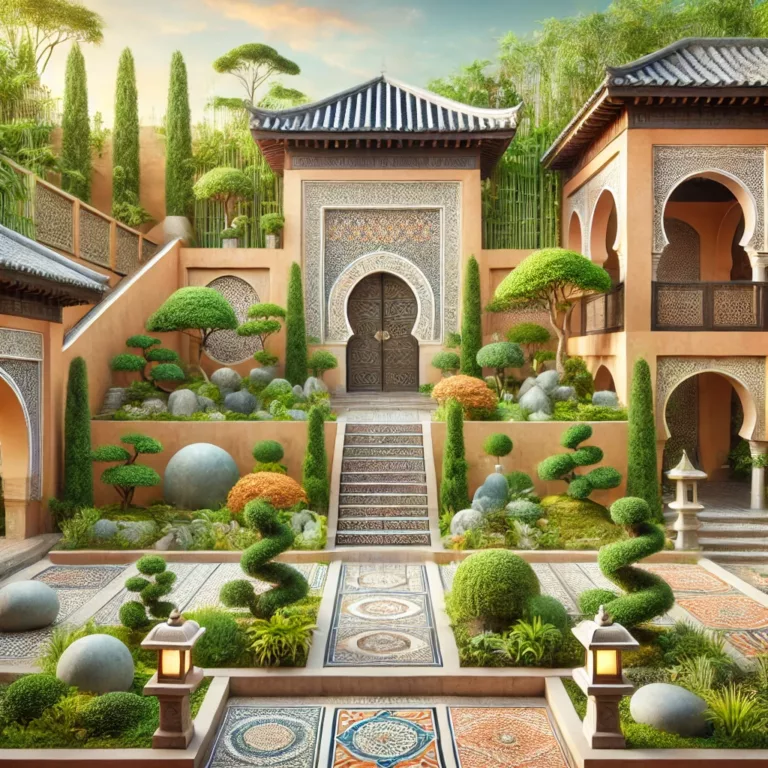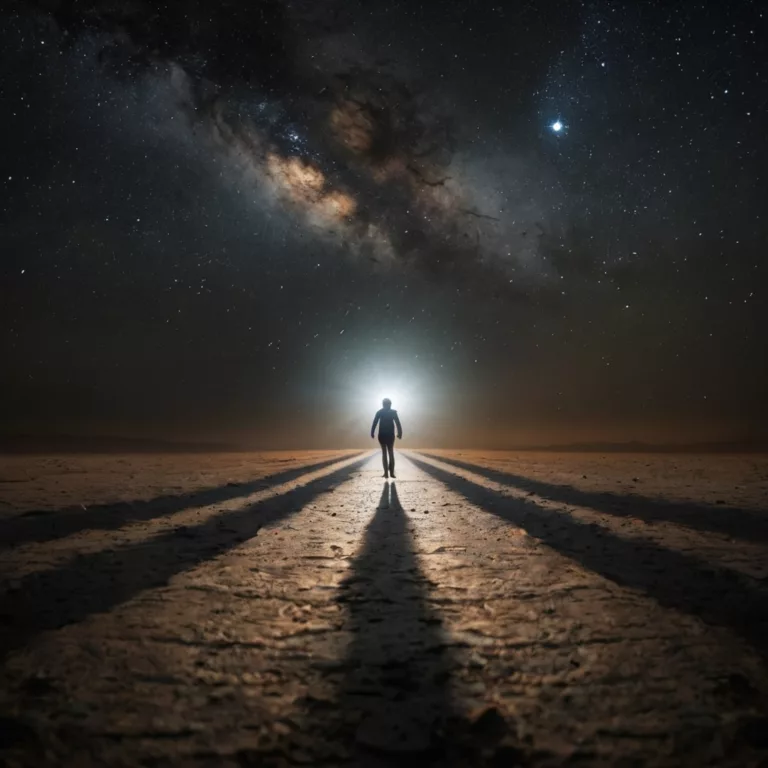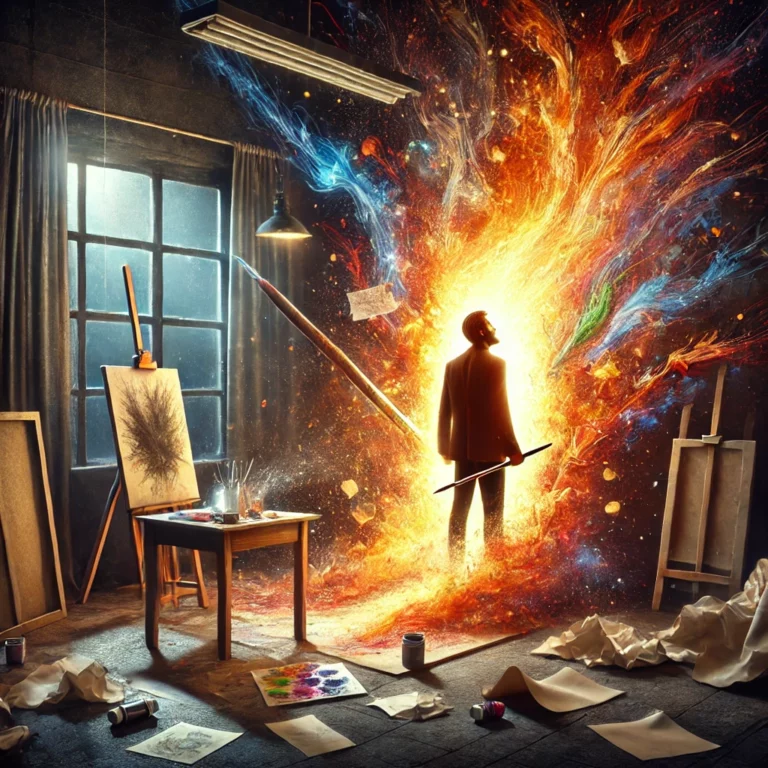The Alchemy of Imagination: Transforming Moments into Masterpieces
Introduction: The Eternal Flame of Creativity
Imagination is humanity’s oldest and most potent tool a metaphysical crucible where fleeting experiences are transmuted into enduring art. From prehistoric cave paintings to AI-generated poetry, this alchemical process bridges the mundane and the sublime. But how does the mind convert ephemeral moments a lover’s glance, a storm’s fury, a childhood memory into timeless masterpieces? This article dissects the anatomy of imagination, weaving together neuroscience, psychology, art history, and philosophy to reveal how ordinary fragments of life become extraordinary creations. Far from a passive daydream, imagination is an active forge, where chaos is ordered, pain is gilded, and the invisible is made visible.
I. The Neuroscience of Imagination: Building Worlds in the Brain
1.1 The Brain’s Creative Foundry
Imagination is orchestrated by a symphony of neural networks:
- Default Mode Network (DMN): Activates during introspection and mental time travel, allowing artists like Marcel Proust to resurrect lost memories in In Search of Lost Time.
- Hippocampus: Encodes autobiographical memories, which Virginia Woolf fragmented and recombined in Mrs. Dalloway.
- Prefrontal Cortex (PFC): The “editor” that refines raw ideas into coherent narratives or visuals.
Neurochemical Catalysts:
- Dopamine: Fuels exploratory thinking, as seen in Jackson Pollock’s chaotic yet deliberate drip paintings.
- Acetylcholine: Enhances associative learning, critical for metaphor-making in poets like Emily Dickinson.
1.2 The Biology of Mental Time Travel
- Episodic Simulation: Studies at Harvard’s Cognition Lab show that imagining future scenarios activates the same brain regions as recalling past events. Novelists like Haruki Murakami leverage this to blend memory and fantasy.
- Mirror Neurons: These cells, discovered by Giacomo Rizzolatti, allow us to empathize with fictional characters, explaining why Tolstoy’s Anna Karenina feels achingly real.
Case Study: J.R.R. Tolkien’s Middle-earth emerged not from pure invention but from his wartime trauma, academic expertise in mythology, and childhood landscapes all filtered through neural recombination.
II. The Psychology of Transformation: From Perception to Vision
2.1 The Role of Attention
- Active Seeing: Artists like Claude Monet practiced hyperattention, observing the Rouen Cathedral in varying light to paint its essence, not its form.
- Inattentional Blindness: Psychologist Christopher Chabris’s studies reveal that focusing on one detail (e.g., a dancer’s pirouette) blinds us to others a gap poets exploit to surprise readers.
2.2 Emotional Alchemy
- Sublimation: Freud’s concept of channeling primal urges into art explains Frida Kahlo’s transformation of physical agony into surreal self-portraits.
- Catharsis: Aristotle’s theory manifests in Beethoven’s Ode to Joy, composed amid deafness and despair.
2.3 The Power of Constraints
- Paradoxical Freedom: Haiku’s 17-syllable structure forced Bashō to distill nature’s vastness into minimalism.
- Oulipo Movement: Writers like Georges Perec composed novels without the letter “e” (A Void), proving limitations breed ingenuity.
III. Cultural Crucibles: Ecosystems That Ignite Genius
3.1 Renaissance Florence: The Original Creative Explosion
- Patronage and Competition: The Medici family’s support and rivalries among da Vinci, Michelangelo, and Raphael fueled a 50-year artistic revolution.
- Cross-Disciplinary Pollination: Brunelleschi’s engineering of the Florence Cathedral dome merged art, math, and architecture.
3.2 1920s Paris: The Avant-Garde Melting Pot
- Salon Culture: Gertrude Stein’s gatherings connected Picasso, Hemingway, and Stravinsky, catalyzing Cubism, Modernist literature, and neoclassical music.
- Exile and Innovation: James Joyce wrote Ulysses in Parisian cafes, blending Irish myth with experimental stream-of-consciousness.
3.3 Digital Age Hubs: Silicon Valley and Beyond
- Tech-Art Fusion: TeamLab’s immersive installations in Tokyo use code to transform viewers into co-creators.
- Virtual Communities: Platforms like ArtStation democratize access, enabling self-taught artists like Loish (Lois van Baarle) to build global followings.
IV. Techniques of Transmutation: How Artists Forge the Invisible
4.1 Metaphor and Symbolism
- Shakespeare’s Alchemy: “All the world’s a stage” (As You Like It) reduces life’s complexity to a universal metaphor.
- Magical Realism: Gabriel García Márquez’s One Hundred Years of Solitude turns political strife into a fantastical saga of flying priests and yellow butterflies.
4.2 Juxtaposition and Collage
- Cubist Fragmentation: Picasso’s Les Demoiselles d’Avignon shattered Renaissance perspective, mirroring the disorientation of modernity.
- Sampling in Music: The Beastie Boys’ Paul’s Boutique wove hundreds of samples into a postmodern tapestry.
4.3 Temporal Distortion
- Flashbacks/Flashforwards: Christopher Nolan’s Memento reverses chronology to mimic memory’s unreliability.
- Nonlinear Storytelling: Toni Morrison’s Beloved loops time to confront the unresolved trauma of slavery.
V. Case Studies: The Birth of Iconic Works
5.1 Van Gogh’s Starry Night: Turbulence to Transcendence
- Mental Health and Vision: Van Gogh’s asylum window view, filtered through bipolar disorder, became a swirling cosmos of hope and despair.
- Neuroscientific Lens: His thick, impasto brushstrokes may mirror the hyperconnectivity of a brain in manic states.
5.2 Maya Angelou’s I Know Why the Caged Bird Sings: Silence to Song
- Trauma and Voice: Angelou’s muteness after childhood rape was shattered by poetry, exemplifying narrative therapy.
- Cultural Resonance: The memoir became a universal anthem for marginalized voices.
5.3 Studio Ghibli’s Spirited Away: Myth for Modernity
- Cultural Synthesis: Hayao Miyazaki fused Shinto spirits with critiques of consumerism, creating a bridge between tradition and modernity.
- Global Alchemy: The film’s Oscar win (2003) marked anime’s ascent from niche to mainstream.
VI. Overcoming the Dragons: Barriers to Creative Alchemy
6.1 Fear of Failure
- The Blank Canvas Syndrome: Psychologist Robert Firestone links creative blocks to self-criticism rooted in childhood conditioning.
- Strategies: Composer John Cage’s use of chance operations (Music of Changes) bypassed perfectionism.
6.2 Societal Censorship
- State Suppression: Ai Weiwei’s defiance of Chinese censorship through subversive installations like Sunflower Seeds.
- Self-Censorship: Sylvia Plath’s posthumous Ariel poems, edited by Ted Hughes, spark debates on artistic integrity.
6.3 Resource Scarcity
- Guerrilla Art: Banksy’s street art thrives on minimal materials but maximal impact.
- Crowdfunding: Amanda Palmer’s $1.2M Kickstarter for Theatre Is Evil redefined patronage in the digital age.
VII. The Future of Imagination: New Frontiers and Ethical Quandaries
7.1 AI as Co-Creator
- Generative Art: Refik Anadol’s Machine Hallucinations uses AI to visualize collective memories from millions of images.
- Ethical Dilemmas: Who owns AI-generated art? A 2022 U.S. Copyright Office ruling denied protection for AI-authored works.
7.2 Neurotechnology and Art
- Brain-Computer Interfaces (BCIs): Artist Sougwen Chung’s Drawing Operations uses EEG to merge human and machine drawing styles.
- Privacy Concerns: Neural data’s potential misuse, as flagged by the NeuroRights Initiative.
7.3 Climate-Conscious Creativity
- Eco-Art: Agnes Denes’ Wheatfield – A Confrontation planted a golden field in lower Manhattan to critique urban sprawl.
- Sustainable Practices: Olafur Eliasson’s solar-powered installations advocate renewable energy through beauty.
Conclusion: The Universal Crucible
Imagination is not a gift but a practice a relentless refining of life’s raw ore into gold. Every masterpiece, whether a toddler’s crayon sketch or a symphony, is a testament to this alchemy. As technology redefines creation’s boundaries, the core remains unchanged: to imagine is to rebel against oblivion, to insist that our moments matter.
Call to Action:
- Observe Ferociously: Train your mind to see the extraordinary in the ordinary.
- Embrace Constraints: Let limits fuel innovation, not stifle it.
- Collaborate Fearlessly: Merge your vision with others’ sparks.
- Create Unapologetically: The world needs your unique alloy of experience and dream.
In the end, imagination is the ultimate act of alchemy proof that even in a universe of entropy, we can forge meaning.
Art11deco

